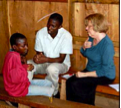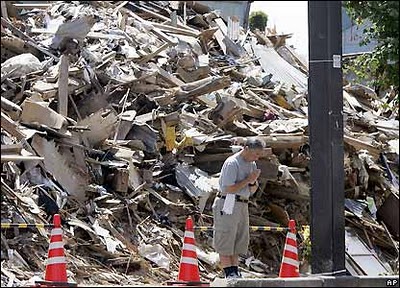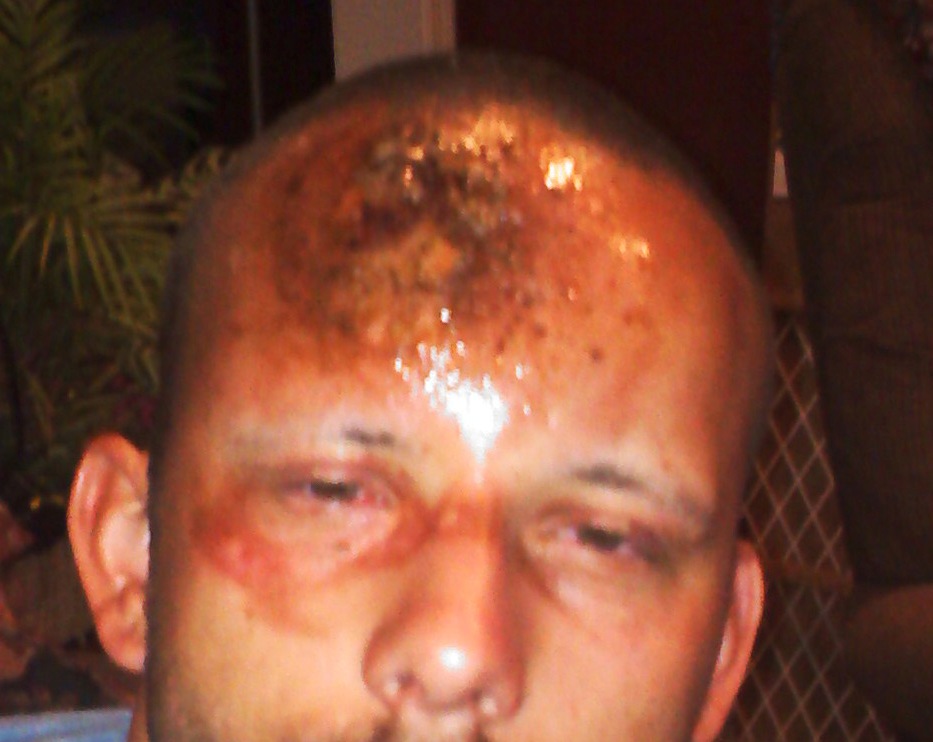UPdate Issue 8, Summer
 El Shaddai Orphange: Nightmares Replaced with Dreams of a Future
El Shaddai Orphange: Nightmares Replaced with Dreams of a Future
by Gabriel Constans
There’s much more to Rwanda than the genocide that took place over thirteen years ago. Yes, there was plenty of carnage that lay in its wake and everyone in the country (the size of New Jersey) was directly affected, especially the children, many of whom ended up on the street, with distant relatives or friends or perished from neglect. Add the scourge of the AIDS pandemic and you found even more homeless and abandoned children living on the streets. The needs outstripped all available resources.
But it only takes one person to make a difference and the street children, also known as “street rebels” in Kigali, the capital of Rwanda, were blessed with one such man. His name is NZITUKUZE Sylvester. (In Kinyarwanda, the official language of Rwanda, last names go first and are capitalized).
While Sylvester was in the Rwandan Army he had a vision that he was somehow meant to help the street kids of Kigali. He followed his vision, left the army and started taking children into his home. It wasn’t an easy task. A lot of the kids were filthy, disease-ridden, taking drugs, angry and traumatized. After a year or two of Continue reading “Replacing Nightmares with Hope”





